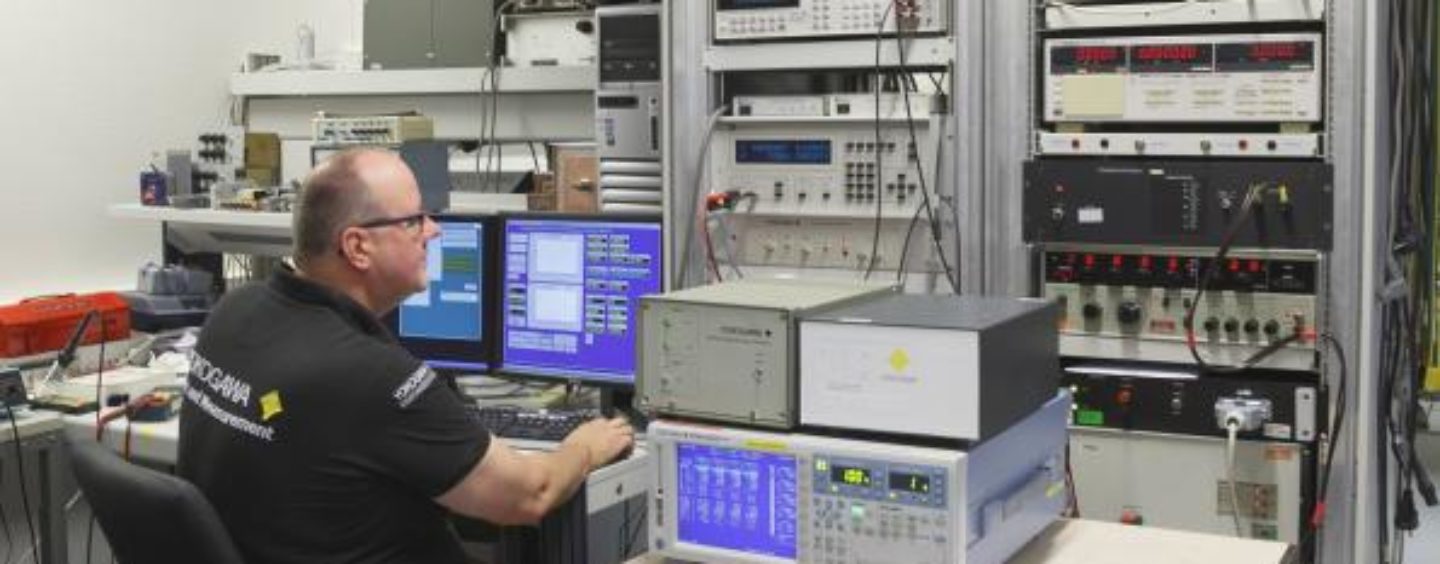End consumption is the driving force behind industrial developments. As consumer goods become more complex, better and more reliable, the demands on the entire supply chain of a manufacturing company increase.Therefore constant improvements along the value chain are just a fact of life. The driving factors are very diverse ranging from protection of our environment and available resources, cost savings, product lifespans, battery life, product performance and increased reliability. Constant product improvements give companies competitive advantage. But to a large extent, international guidelines, standards and legal requirements also trigger product innovations and adjustments .
Can measurement solutions keep up ?
End products cannot be more precisely designed than the precision offered by the measurement technology used in development. Thus if the measurement accuracy of a test equipment used in quality assurance is left to chance, the quality of the final product is just as random. But is it possible to further improve measurement accuracy to meet new, innovative end products? Can these diverse business goals be achieved with “random quality”? In particular, in the fulfillment of legal requirements you should not compromise. Violations can have serious consequences and gnaw at the reputation of a company. It is unlikely that such violations will be noticed at all, because control mechanisms are becoming ever more sophisticated and close-knit. Companies then quickly face demands from end customers to repair the products and pay damages. To escape from such demands is becoming increasingly difficult. Moreover, solving problems of products that are already in use by customers is much more difficult and cost-intensive than solving problems in development and production.
Why calibrate Power Analyzers?
Precision power measurements play a key role in the development of key technologies in renewable energy, energy transmission, electric mobility, home appliances and lighting, communications and consumer electronics. In the past, power measurement was done by very simple means, since measurements of voltages and currents at a frequency of 50 Hz were in the foreground. Today however, accurate power measurements can be a challenge at both DC and high frequencies with faster switching speeds becoming the norm in applications such as Switch-mode power supplies, High-frequency electronic lighting ballasts, Soft starters in motor control systems, Frequency converters in traction application etc. Depending on the field of application, the majority of high efficiency converters and voltage converters operate with clock frequencies from a few kHz to about 40 kHz. In addition there are harmonics. Thus, power components at frequencies of 100 kHz and above are reached quickly.
However, AC power meters have traditionally been calibrated at frequencies of 50 to 60 Hz. Additionally, specifications alone do not guarantee actual performance. Accuracy figures quoted in manufacturers’ specifications – and indeed some of the parameters listed in calibration certificates issued by well-established test houses – can be meaningless when taken out of context. So when there i question mark over the validity of the specifications of a power meter or analyser. What can be done to safeguard business goals?
- Rely on the most accurate precision DC and AC power analyser the world market offers.
- Pay attention to complete, needs-based specifications of the precision of the precision power analyser.
- Regularly verify the specified measurement accuracy by calibrating at the manufacturer according to ISO / IEC 17025.
Wide-band Traceability
Yokogawa’s European Calibration Laboratory is the first industrial (i.e. non-government or national) organisation to offer traceability up to 100 kHz, and is the only power meter manufacturer which can directly prove the performance of its own instruments.



